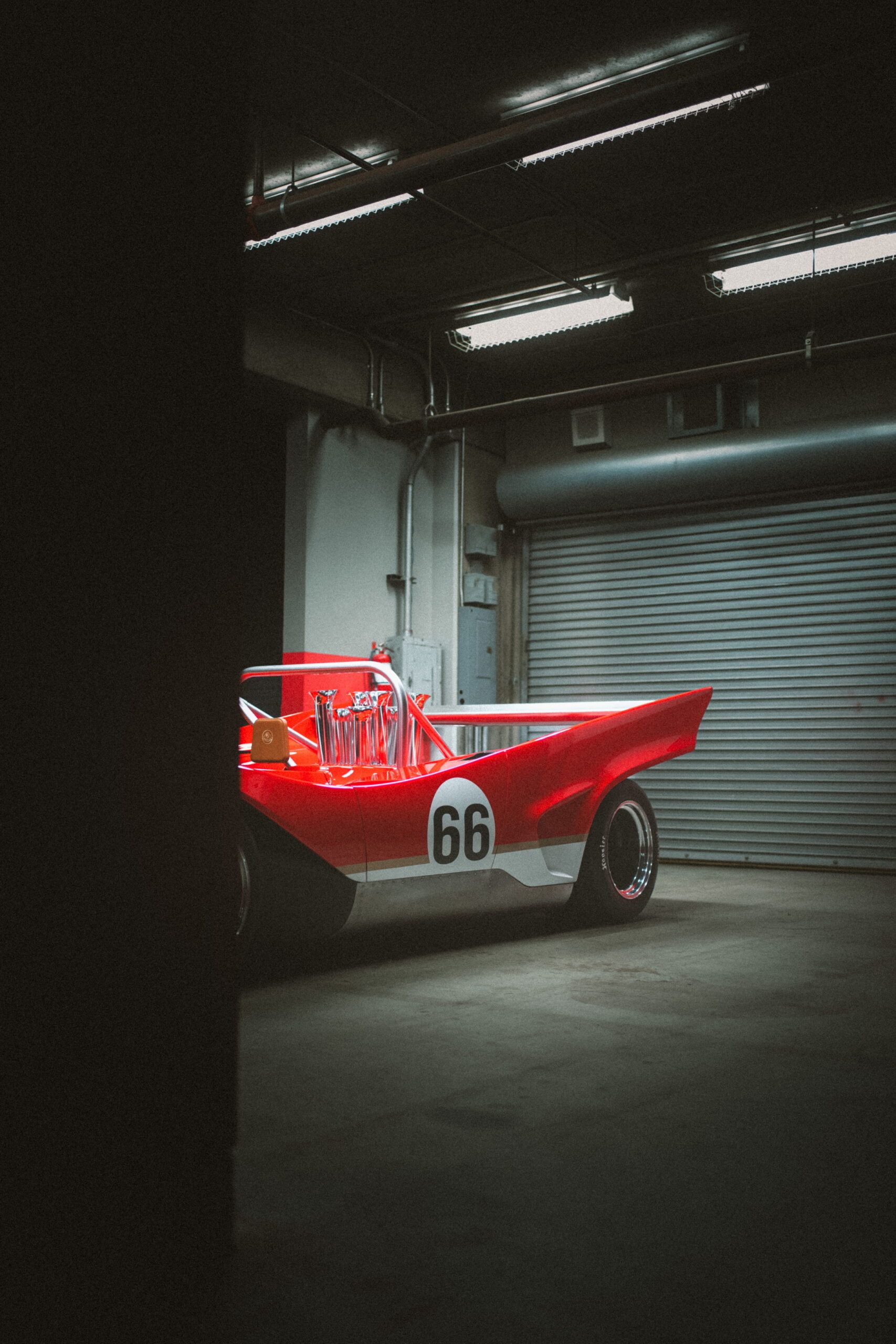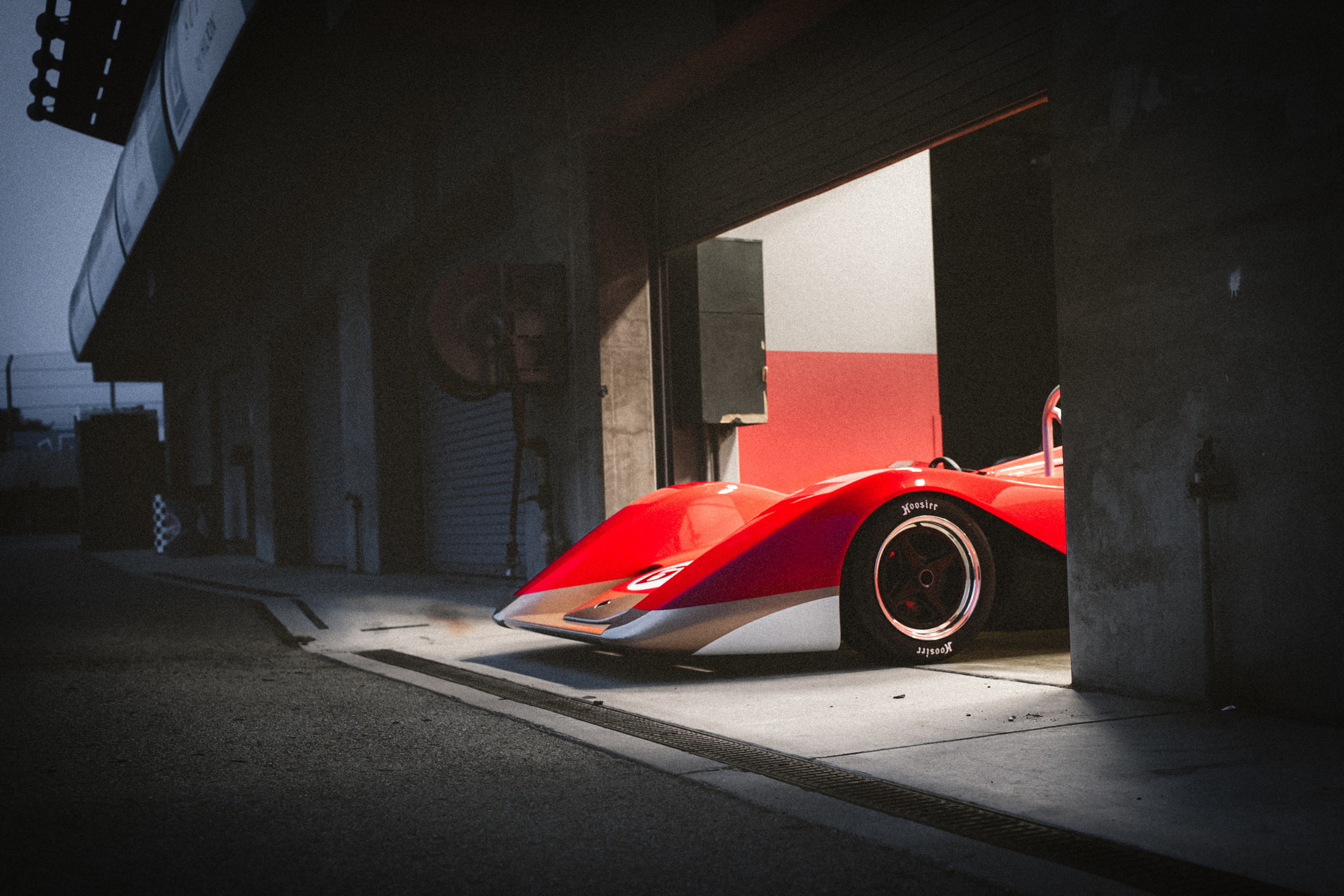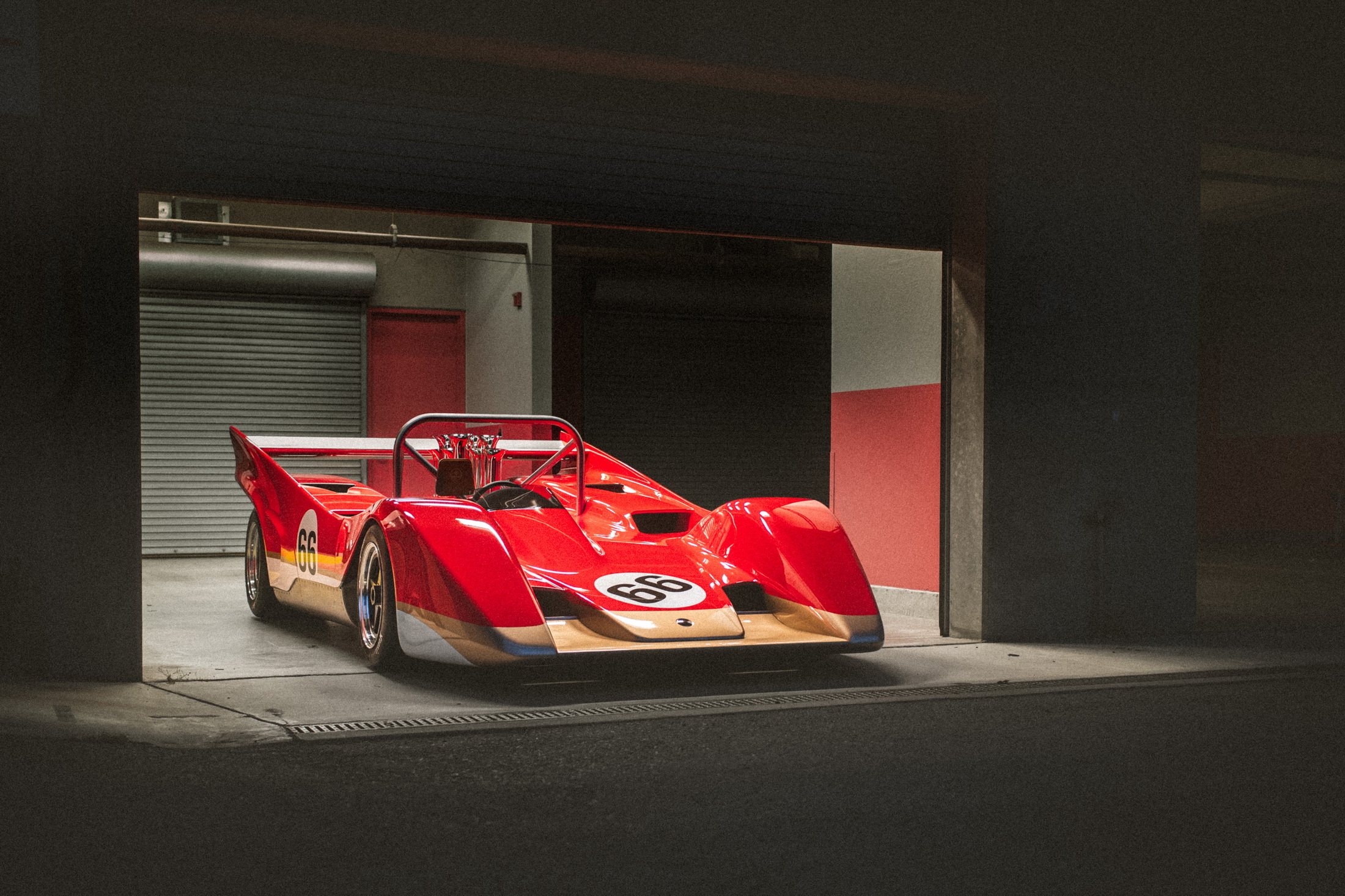Back in the late ’60s, Lotus founder Colin Chapman took a break from working on his beloved Formula One cars to take a crack at designing a racecar for the highly lucrative Can-Am series in North America. Unfortunately, the Type 66 project never proceeded past the design stage. Since Lotus is celebrating its 75th anniversary, it took the opportunity to bring a slightly modernized interpretation of the car to life.
Working with Colin’s son Clive, the team decided to try and bring Chapman’s vision to reality. However, since the car never raced, that left a lot of development work for Lotus’ engineering team. It decided to take that as an opportunity to create a racecar that delivers modern safety and performance, while hanging onto to its vintage looks and feel.
“The Type 66 perfectly blends the past and present. It takes drivers back in time, to the iconic design, sound and pure theater of motorsport more than 50 years ago, with added 21st century performance and safety,” said Simon Lane, the executive director of Lotus Advanced Performance. “This is a truly unique project and in our 75th anniversary year it’s the perfect gift from Lotus, to fans worldwide and to a handful of customers.”
Read: Automobili Pininfarina B95 Is The Most Majestic Of All Electric Hypercars

Lotus spent more than 1,000 hours working with computational fluid dynamics to ensure that Chapman’s shape translated into optimal performance. The result is a car that can generate more than 1,764 lbs (800 kg) of downforce at 150 mph (241 km/h).
Since the body panels are made of carbon fiber, and the chassis is made of period-representative aluminum sections, bonded joints, and honeycomb panels, the Type 66 can actually generate more downforce at full speed than it weighs at rest.
Although it hasn’t been precisely revealed, that top speed should be pretty high, since the car is powered by a specially-tuned pushrod V8 that is fed by era-appropriate trumpet air intakes, and generates 830 hp (619 kW/842 PS) at 8,800 RPM and 550 lb-ft (746 Nm) of torque at 7,400 RPM.
The designers didn’t just focus on downforce, though. With a slightly reshaped cockpit, the Type 66’s drag has been reduced, and the air is funneled under the wing. While that has the side effect of creating more downforce, it also gives drivers the experience of piloting a car that the air flows through, rather than around, says Lotus. That’s something it tries to engineer into even its most modern cars.
To add a little more safety into the Type 66 than Colin Chapman originally planned for it, the team moved the fuel tanks inboard, and employed modern design principles to help buyers feel like Lotus’ most famed drivers on the track.

In addition, the model will have a sequential transmission, instead of a manual one, as would have likely been equipped if it had competed in the 1970 Can-Am season as was envisioned. While that’s not exactly authentic, it does mean that the Type 66 is as fast as a modern GT3 racecar on most racetracks around the world, and (in simulations) faster than them on a select few.
“We are incredibly proud to have completed such a unique project, and one that Colin Chapman was personally involved in,” said Russell Carr, Lotus’ design director. “There is a real delicacy in remastering the past. This is not a re-edition or a restomod, but a completely new breed of Lotus – a commitment that our past glories will continue to be reflected in our future.”
To honor the Type 66’s likely history, this example has been given a red, white, and gold livery, like Lotus’ F1 cars of the early ’70s. In addition, Emmerson Fittipaldi, the driver who likely would have been handed the wheel, was present at its unveiling today at Monterey Car Week.
Lotus plans to build just 10 of these unique what-if racecars, and each will cost “in excess” of £1 million ($1,273,485 USD at current exchange rates).














